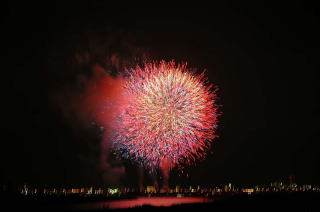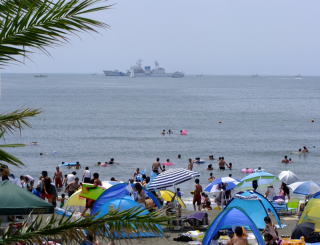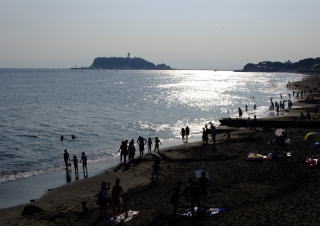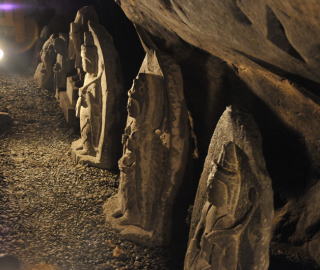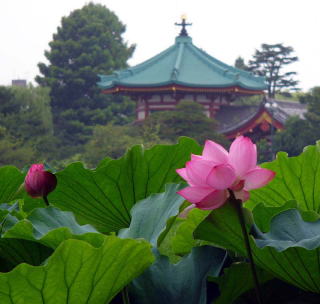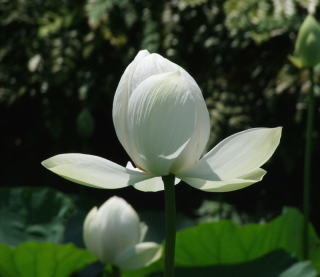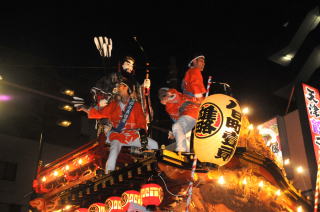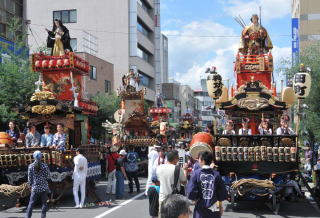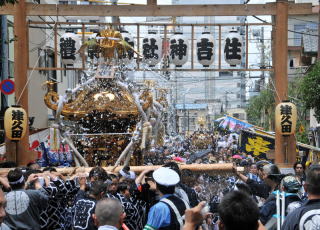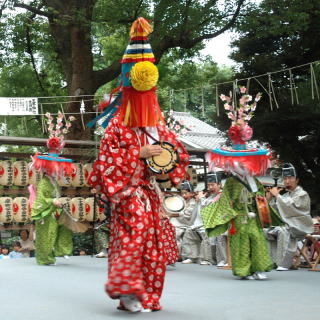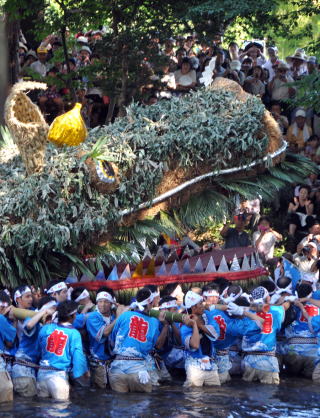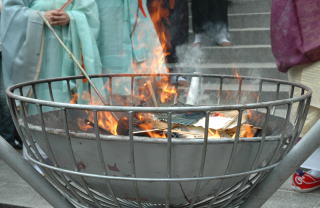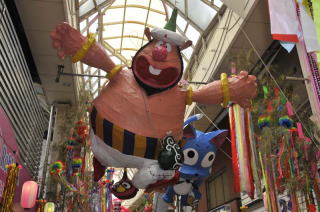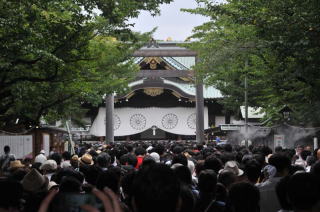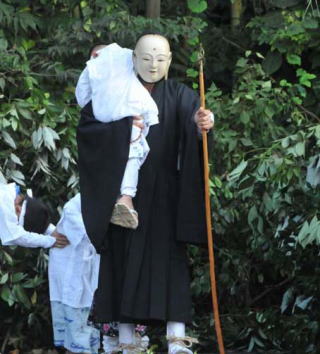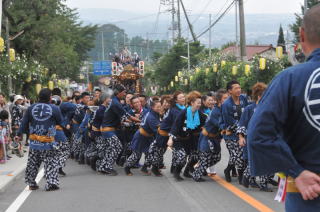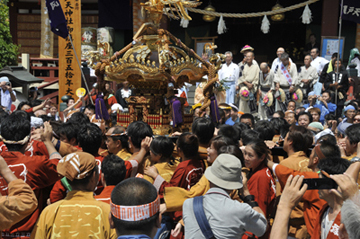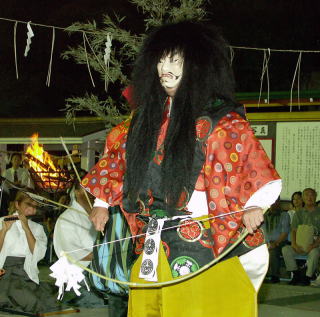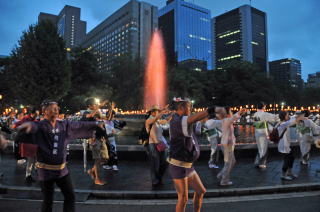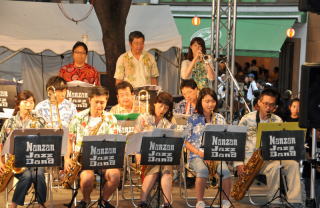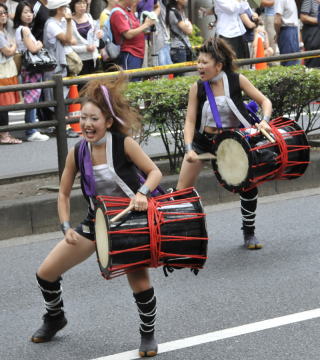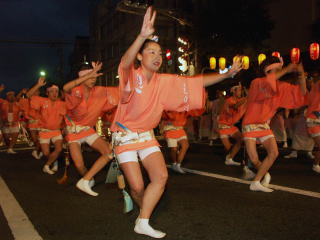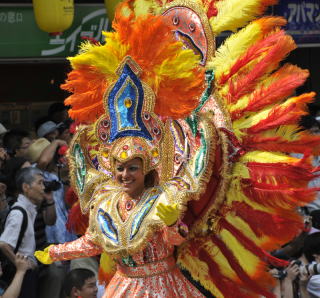| Bon Odori Dance at Tsukiji Honganji Temple July 30-Aug. 2 in 2025 from 6 p.m. Tsukiji Honganji in Tsukiji, Chuo-ku Bon Odori (Bon Dance) was originally danced in honor of the dead during the O-Bon season. The Japanese people believed the spirits of the dead return to the homes where they used to live in O-Bon season. The dance varies according to the district, but the general features are that the participants, both men and women as well as children assemble at temples or the village common, form a circle and dance round to the music of flutes and drums, singing as they dance. The dance continues throughout the night at some places. Tsukiji Honganji is a Jodo Shinshu sect buddhism temple. The unique building was designed by Chuta Ito. It was modeled after an ancient Indian temple and constructed in 1934. Tsukiji Honganji Address: 15-1, Tsukiji 3-chome, Chuo-ku Access: Tsukiji Station on Subway Hibiya Line Telephone: 03-3541-1131 |
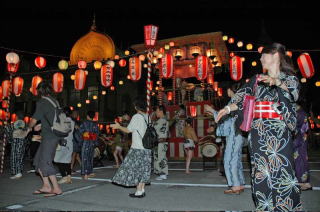 |
|
| more photos |
